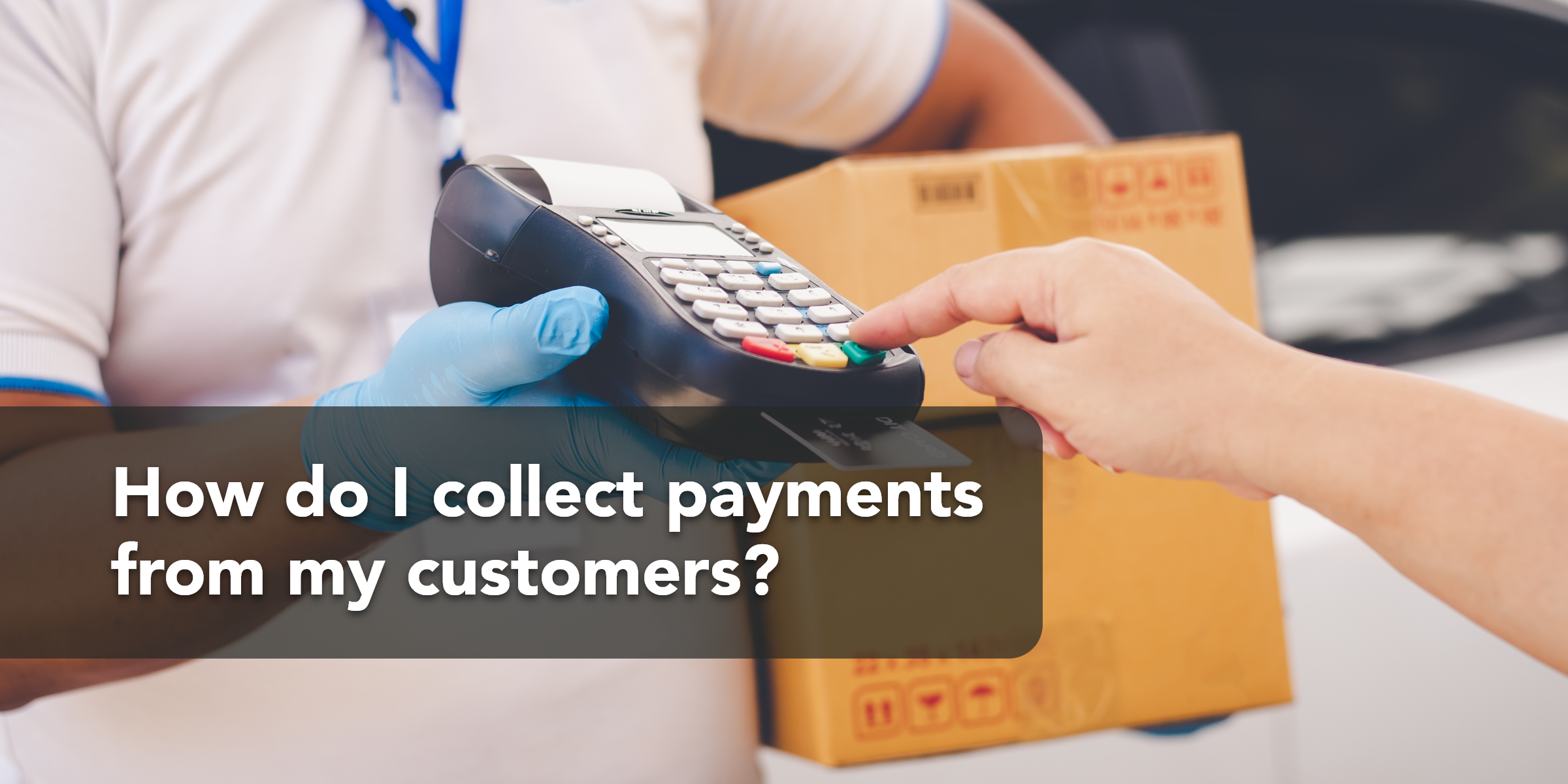Getting paid by your customers should be a given, yet freelancers and solopreneurs like you know how challenging it can be sometimes to collect payments.
Sometimes, it’s the customers who delay their payments (or even hide from you), or maybe you both just can’t seem to get your schedules to align so that they may pay you in person. Other times, the cause might be on your end, whether it’s a misplaced billing statement or falling behind on your bookkeeping.
Either way, there are best practices for business owners like you to help make it easier for you to make sure you get paid properly and on time.
What are the best practices for making sure I get paid?
1. Assess your client’s payment capability. Take a good look at your customer’s track record to see whether this person has a solid reputation for paying on time or has any bad reviews. You’ll want a customer who pays within the payment period you agreed on, with most accounts receivable (or amounts that are owed to you) having a payment period of 30 days.
The longer it takes a customer to pay after a payment deadline, the slimmer the chances of this person paying you at all. A common practice is to give a late-paying customer a three-day notice after a deadline has elapsed.
Remember that your business depends on a steady cash flow to keep going, so if you expect a customer, let’s say, to pay you within the week, and this customer doesn’t pay on time or in full, your business suffers.
2. Document all agreements and receipts. One way to collect on late payments is to ask your late-paying customers for a proposal to pay you what they owe. Make sure this proposal, as well as any other loans you might have given or accounts receivable you have, is documented properly and that you have hard copies signed by you and the your customers.
If there are any changes to this payment proposal, you’ll have to make sure these changes are also documented and have signed hard copies. You’ll also want to save or take screeshots of related texts, social media messages, emails and other communications where customers may have promised to pay you.
3. Send your bills on time. Sometimes, customers pay late because they get their bills late, so make sure you send your bills on time. It’s your responsibility to bill your customers regularly and according to schedule so that they also form the habit of being punctual with their payments.
Billing on time is especially crucial for payments made to you in installments. It also shows your customers that you’re serious about the agreements you make with them, and makes it easier for you to manage your cash flow.
4. Give discounts for early payments. One way to make sure you get paid is to offer discounts for paying early. You’ll improve your cash flow and encourage your customers to keep coming back (for more discounts).
5. Provide multiple ways to pay. The easier you make it for your customer to pay you, the faster they’ll be able to pay. Check your payment process to find out whether there are steps that make it harder for your customer to pay you, or whether the payment process is hard to understand.
You’ll also want to give customers more than one option for paying you, such as paying by installment; and payment methods such as cash, checks, bank deposits or online wallets. This especially holds true for online sellers, whose customers will almost certainly expect to be able to pay via credit card or online payment platforms.
Whichever payment options or methods you offer your customers or use to make sure you get paid, you’ll have to be firm, as well as flexible when it comes to collecting payments. You’ll want to resolve payment issues as quickly as possible, so that you can avoid having to ask a lawyer or debt collection service for help in collecting late payments down the road.
Do you need help keeping track of your accounts receivable? Ask an accountant from one of our Partner Firms, today.






